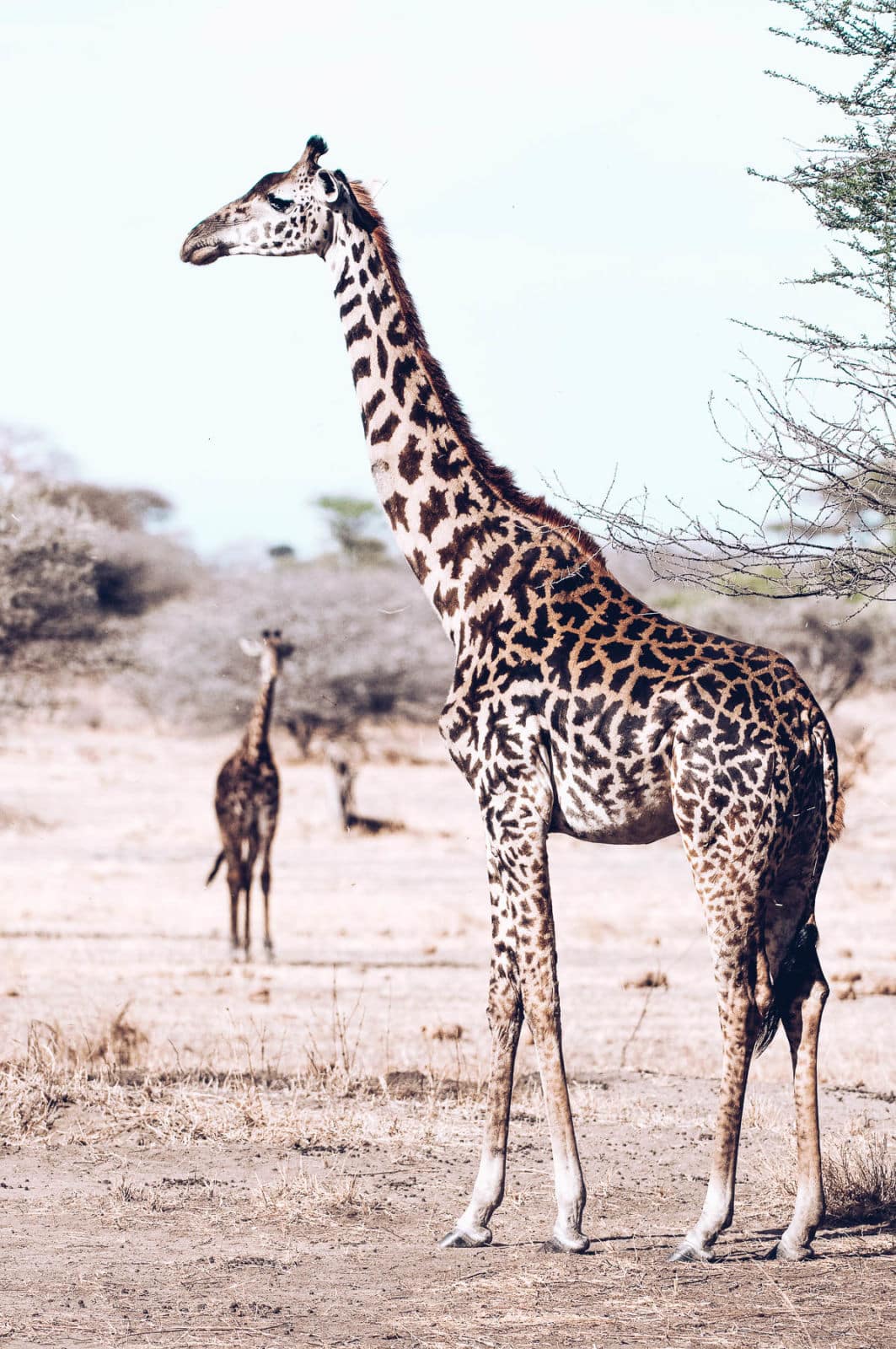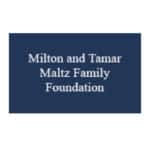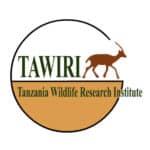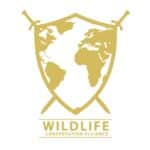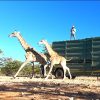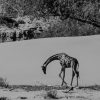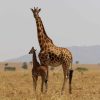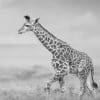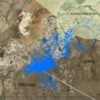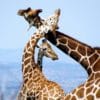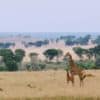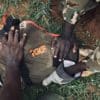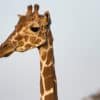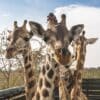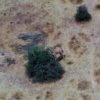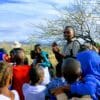Formerly the most populous giraffe with an estimated 71,000 individuals three decades ago, only 45,400 Masai giraffe remain in the wild today.
Masai giraffe are listed as Endangered on the IUCN RedList.
Their range covers central and southern Kenya and most of Tanzania. An isolated population of Masai giraffe exists in the South Luangwa Valley in northeastern Zambia (formerly known as Luangwa or Thornicroft’s giraffe) and an extralimital population (outside their natural range) in Akagera National Park, Rwanda.
Giraffe are the national animal of Tanzania and the country is home to the largest population of Masai giraffe in the wild. One of the greatest threats to Masai giraffe is the rapid increase and expansion of human populations and settlements. Habitat loss and fragmentation due to increasing pressure on land for agricultural and pastoral use, poaching for bushmeat and traditional medicine, and prolonged droughts are undoubtedly the most severe threats to Masai giraffe survival in the wild.
Through a Memorandum of Understanding (MoU) with the Tanzania Wildlife Research Institute (TAWIRI), GCF is helping to drive Masai giraffe conservation efforts and mitigate threats.
In December 2019, the TAWIRI launched the first-ever Tanzania National Giraffe Conservation Strategy and Action Plan with the initial technical and financial support provided by GCF and USAID Tanzania PROTECT. This National Conservation Strategy and Action Plan provides a framework for protecting and managing giraffe populations in Tanzania. Stakeholders set two primary goals to address giraffe conservation issues in Tanzania:
- to broaden understanding and awareness of giraffe conservation in Tanzania; and
- to reduce threats to giraffe populations and their habitats in Tanzania while increasing benefits to people.

